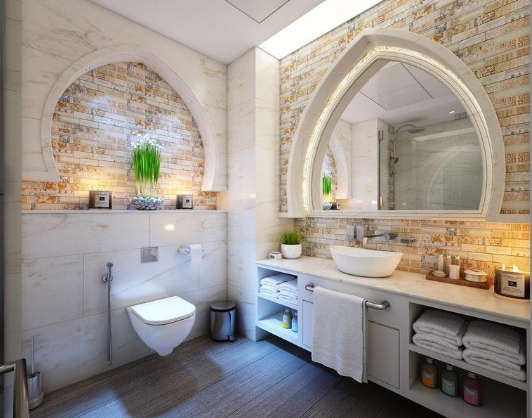Starting the surrogacy process is an exciting but complex journey that requires thoughtful preparation. One of the ways to ensure a smooth experience is to adequately prepare your home for the changes and new arrivals. This article will guide you through important steps to take when preparing your home during the surrogacy process.
Understanding the Costs Involved
The cost of surrogacy can vary greatly depending on several factors. Whether you need the support of an egg donor or the specific needs and expenses of your surrogate, these elements can significantly impact your budget. Additionally, expecting twins or encountering various medical circumstances throughout the pregnancy can further influence the overall expenses.
When planning your financials, remember that the surrogate’s personal expenses will also need to be covered. These can include healthcare costs, maternity clothing, and other maternity-related needs. Keeping these expenses in mind will help you develop a realistic budget for the surrogacy process.
Setting Up a Welcoming Environment
Creating a welcoming environment is a fundamental part of preparing your home for the surrogacy process. This involves setting up a nursery that is both comfortable and safe for your new baby. Choosing baby-friendly materials and keeping surfaces clean can contribute to a healthy environment.
Also, think about the layout and accessibility of your home. Making sure that essential items like diapers, baby bottles, and clothes are easily reachable will make daily tasks more manageable. This can help reduce stress and make the home more functional for your growing family.
Planning for the Arrival
The surrogacy process can take between 12 to 13 months, according to Elevate Baby. Knowing this timeline allows you to plan adequately for the arrival of the baby. It’s important to start preparing your home early on in the surrogacy journey.
Mark key dates and milestones related to the surrogacy process. This can help you stay organized and ensure that you are on track with your preparations. Whether it’s purchasing baby furniture or making home modifications, having a timeline makes the tasks more manageable.
Creating a checklist can ensure you don’t miss any crucial steps. From baby-proofing your home to setting up a medical kit, planning thoroughly can alleviate last-minute stress. Being well-prepared allows you to focus on the joyful arrival of your new family member.
Ensuring a Child-Friendly Home
To make your home child-friendly, consider the long-term needs of your baby beyond just the immediate future. For instance, remember that bedwetting is common among children, with around 15% continuing to wet the bed at age 5. Knowing this can help you prepare for any eventualities as your child grows.
Investing in essential items such as waterproof mattress protectors and having extra sheets on hand can make these situations easier to manage. This level of readiness shows a commitment to providing a nurturing and supportive home environment for your child.
Further, take safety precautions to protect your child as they become more mobile. Installing safety gates, securing furniture, and covering electrical outlets are just a few steps to creating a safer home. A proactive approach will set the stage for a secure and loving environment for your child to thrive.
Emotional Support and Preparation
Preparing emotionally is just as important as preparing physically when starting the surrogacy process. Establishing a support system of family and friends can provide the emotional assistance needed throughout this journey.
Engage in open communication with your surrogate. Establishing a strong relationship can ease any concerns and create a positive experience for everyone involved. This mutual trust and understanding are essential in navigating the surrogacy journey.
Preparing your home for the surrogacy process involves careful planning and consideration. Assessing financials, creating a welcoming environment, planning for the arrival, ensuring a child-friendly home, and emotional support are all crucial steps. By taking a proactive approach, you can ensure a smooth and joyful experience as you welcome your new addition to the family.









